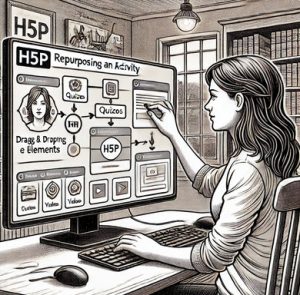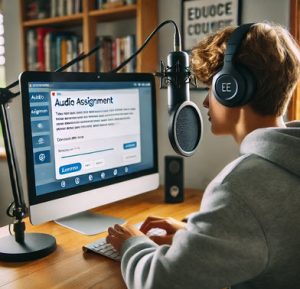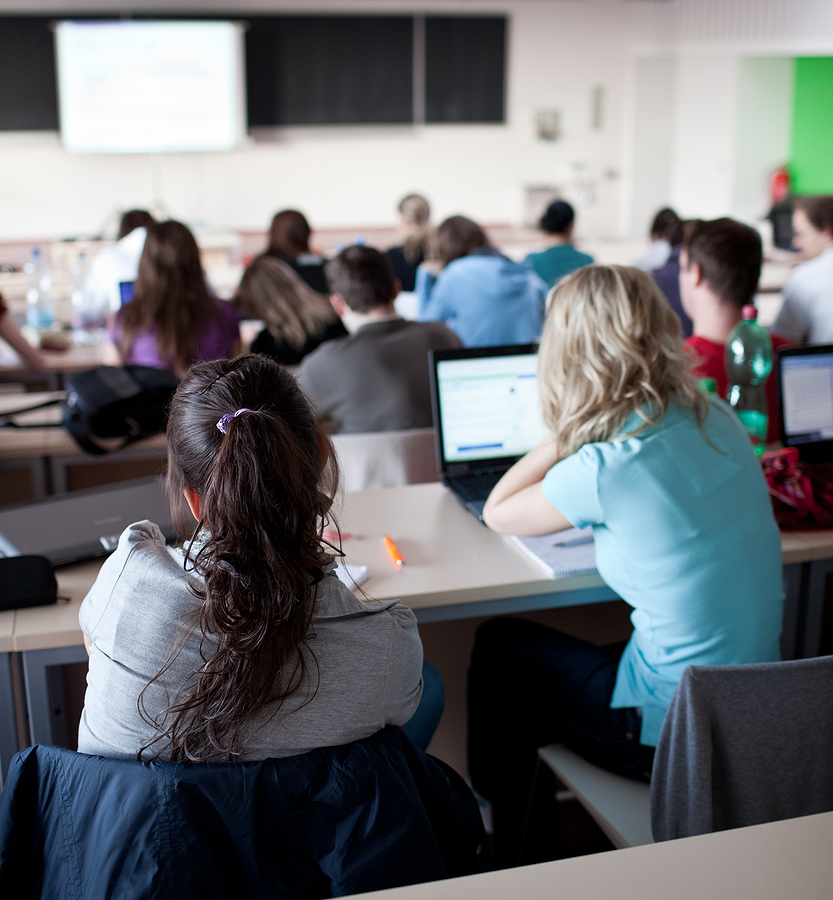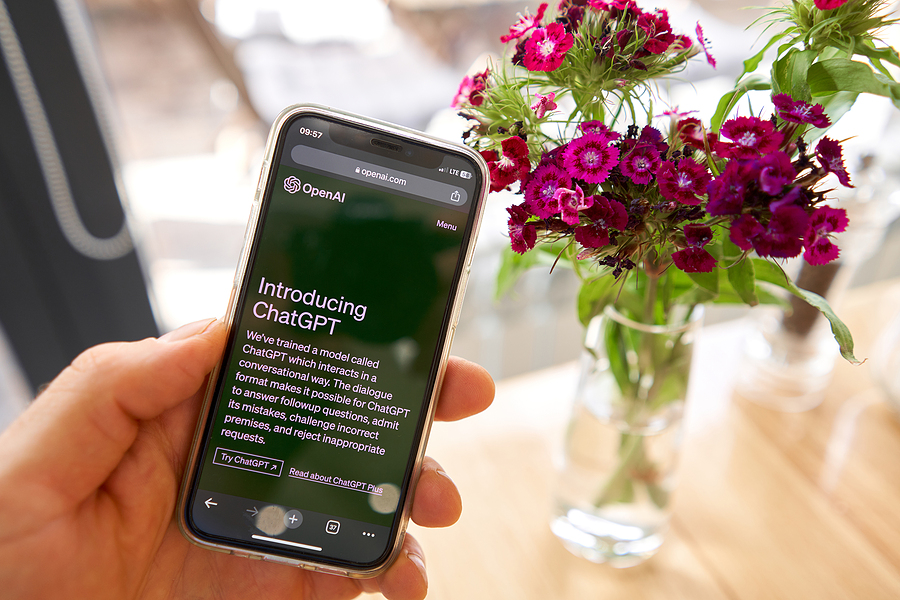Many lower level students are living with the effects of Acquired Brain Injury (ABI) from trauma, such as concussions, infection, and strokes. They struggle, while other students are learning and progressing. No matter how many times and ways we cover the same material, do the same activities, these struggling students still battle and labour to learn. It’s a situation of snakes and ladders. One day they seem to get it, have some sort of breakthrough, only to return to their old patterns of difficulty. Teacher and student have to begin all over again.
Category Archives: Instructional Design
The Magic of Inclusive Classrooms through Differentiated Instruction

Inclusive education means that all children have access to learning regardless of their social background, economic status, physical abilities or any trait which may potentially hinder them from their right to education. While this is a recent phenomenon influenced by Montessori methods and research on learner-centered classrooms, the shift actually has roots that go back hundreds of years to the one-room schoolhouse. It was formerly thought that all children learned in a similar way and at the same pace. It was only when achievement tests were introduced in 1912 that the disparity in the students’ grades became glaringly obvious. Continue reading
Customizing H5Ps

There are thousands of H5P learning objects available online through repositories, open education resources and shared courses. Many of them have a Reuse button. By clicking on this button, educators can download an H5P and use it as it is or they can customize the H5P.
H5P, HTML5 Package, is an online set of tools that facilitates the creation and sharing of interactive, multimedia content. These are normally used for educational purposes. They enhance learner engagement with interactivity, immediate feedback and mixed media. H5P offers a variety of content types like quizzes, interactive videos, presentations, and games, which can be easily integrated into online learning platforms such as Canvas, Moodle or Brightspace. One of the best attributes of H5P is the ability to customize existing H5Ps. This can save time, energy and development costs. It also saves training time for teacher-developers.
Continue reading
Poodll on Moodle

I was fortunate enough to have moderated a few Avenue webinars on Poodll technologies in June. The webinar speaker was Justin Hunt, the founder and CEO of Poodll. I have since been developing learning experiences for the CanAvenue.ca project using Poodll technologies and would like to share some of the basics with the TESL Ontario community through this blog post and a TESL Ontario webinar.
Challenges of Large Classes
Advantages of Bigger Class sizes
Most public schools globally have larger class sizes than private schools. This is due to the fact that accommodating larger groups of students lowers the cost of building extra classrooms, buying extra equipment and hiring more teachers. On the other hand, it is often argued that children from diverse backgrounds bring different perspectives and experiences to the classroom, making for a varied learning environment.
Continue readingSimplifying Real-World Content with ChatGPT and the Canadian Language Benchmarks
Lesson planning can be a time-consuming endeavor, especially for educators teaching students with lower levels of English proficiency. Adapting materials to meet the needs of these learners requires careful consideration and often entails significant effort. However, with the assistance of tools like ChatGPT, this process can be streamlined and made more efficient.
Continue readingChatGPT Prompting the Basics

During interactions over the past year with language instructors in various venues, I have observed a trend with educators’ generative chat usage. Instructors are aware of generative chat technologies such as ChatGPT and Microsoft Edge Copilot through mainstream media, social media, relatives, students, or their peers. However, few have gone beyond sampling these tools a few times with basic prompts out of personal curiosity or to commence using prompts for lesson preparation.
Attempts at generating resources with a generative chat tool do not always result in usable content because instructors often give up after a few prompts. They do not understand that creating suitable content is an iterative process that involves structure, a defined target, skill, and imagination. In this post, I offer guidance for language educators trying to create content for instructional purposes through prompting generative chat tools. Continue reading
Climbing Up and Sliding Down the AI Slope of Enlightenment

It has been a year since OpenAI released its generative chat app, ChatGPT. As an avid education technologist, I must confess that I jumped headfirst into the ChatGPT spectacle. This enthusiasm is documented by more than twenty professional development activities that have been facilitated or written over the past months. These are listed in the Resources section below.
Recently, I have taken a breath to reflect on ChatGPT and how it has dominated the conversation in education technology in 2023. Within this reflection I have mapped my experience against Gartner’s Hype Cycle of new technologies to document how I am faring in relation to education’s adoption of generative chat technologies.
Continue readingWeb Accessibility for Language Teachers
 Educational digital accessibility is often viewed as a set of practices dedicated that assist disabled individuals with challenges to participate in online and blended courses. In fact, accessibility practices endeavor to more than eliminate barriers to education; they ensure that digital content is enhanced for everyone. Digital accessibility practices are something we all should practice because:
Educational digital accessibility is often viewed as a set of practices dedicated that assist disabled individuals with challenges to participate in online and blended courses. In fact, accessibility practices endeavor to more than eliminate barriers to education; they ensure that digital content is enhanced for everyone. Digital accessibility practices are something we all should practice because:
- they remove barriers to education and training
- legislation requires accessibility across Canada
- many Canadians live with at least 1 disability
- they improve all digital resources for all users
- it is the right thing to do
Teaching and Learning Movements- Where Are We Now?
Schools were first developed not as a past-time, but as a way to elevate the rich and then as a way to educate the masses before they entered the workforce. One of the most basic reasons for this was the need for a literate workforce. Literacy and mathematics have been at the core of global educational systems for hundreds of years, and maybe not surprisingly, these subjects are still there.
Continue reading



